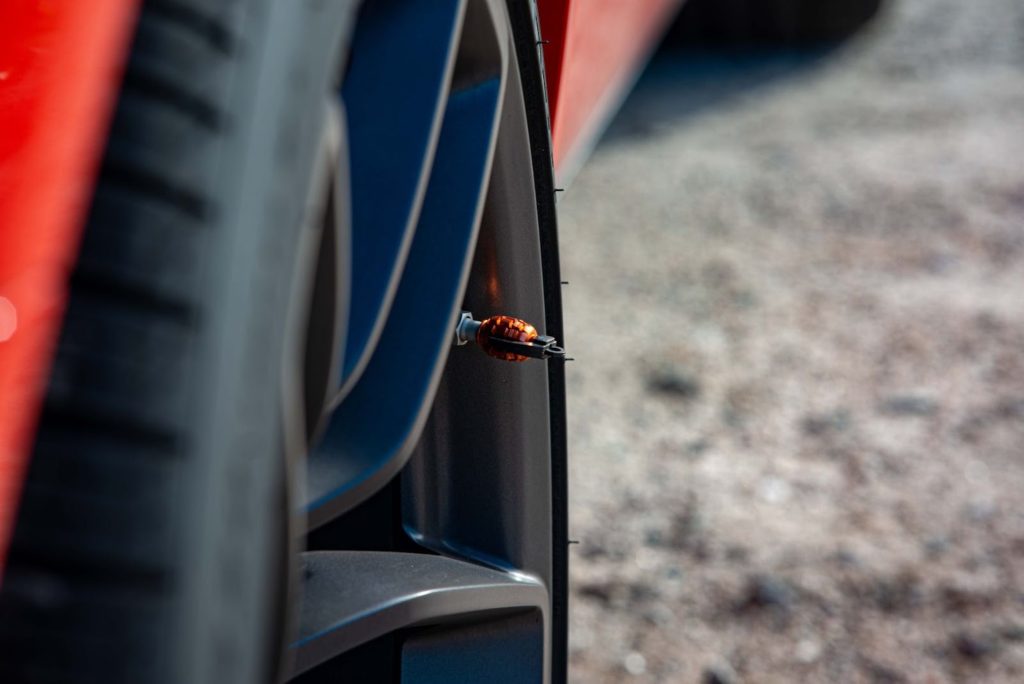Are you a CNC machinist or someone interested in CNC machining? Then this blog is for you! Today we will drop some knowledge in regards to machining brass materials on a CNC machine.
Best Brass for Machining
The chemical formula to make a brass alloy is very simple; add Zinc to Copper and stir in a little pinch of Lead and you’ve got brass. The exact formula depends upon what you’re trying to make. Some formulas have more Zinc or Copper, but the best brass for machining should have at least 2% Lead to help with machining characteristics. The added Lead keeps the malleability higher and that results in cleaner, smoother, cuts and extended tool edge life. CNC machinists, such as the ones at Epic Tool, are familiar with the advantages of brass and enjoy better machine outputs and tool performance.
Why Brass?
Due to its low corrosiveness and high electrical conductivity, brass is the metal of choice for various types of products. Anything from valves, hoses, fittings, electrical parts, and a plethora of other items are made from brass. In terms of machining material, brass is a “low friction” metal. To elaborate, this means that brass can be machined using less power and with longer tool life. As a result of its properties, many manufacturers prefer machining brass components over other materials because they can speed up the CNC machine without affecting the production of the workpiece. Faster production plus minimal tool swapping equal more profit. The best brass for machining is known as Alloy 360, Free-Machining, or Cutting Brass.
History of Tooled Brass
The compound brass has been around since before anyone could even write about it. According to the history books, it’s been around since 300 BC and is used right through to modern times. Due to the fact it doesn’t rust easily, has a beautiful shine, and phenomenal durability, brass has been a go-to metal for ages. From Ancient Greeks and Roman metallurgists to Chinese foundries and Indian smelters, brass was used for swords, shields, and other practical items. Brass adorned women’s wrists, elite carriages, and buttons on soldiers’ and sailors’ uniforms. The variety of uses has only increased over time and the introduction of technology has drastically increased brass consumption in recent years.
Modern uses for machined brass parts
Throughout time, brass has been introduced to more and more everyday items. Some items we machine brass in are tiny and others can be quite massive. From valve stems in automobile tires to fittings on sailing ships, the range of products has no ceiling. By incorporating brass CNC machining capability into production, a machine shop or high-capacity manufacturer can increase its contributions to another level.
For more information, contact Epic Tool’s team of experts today!


